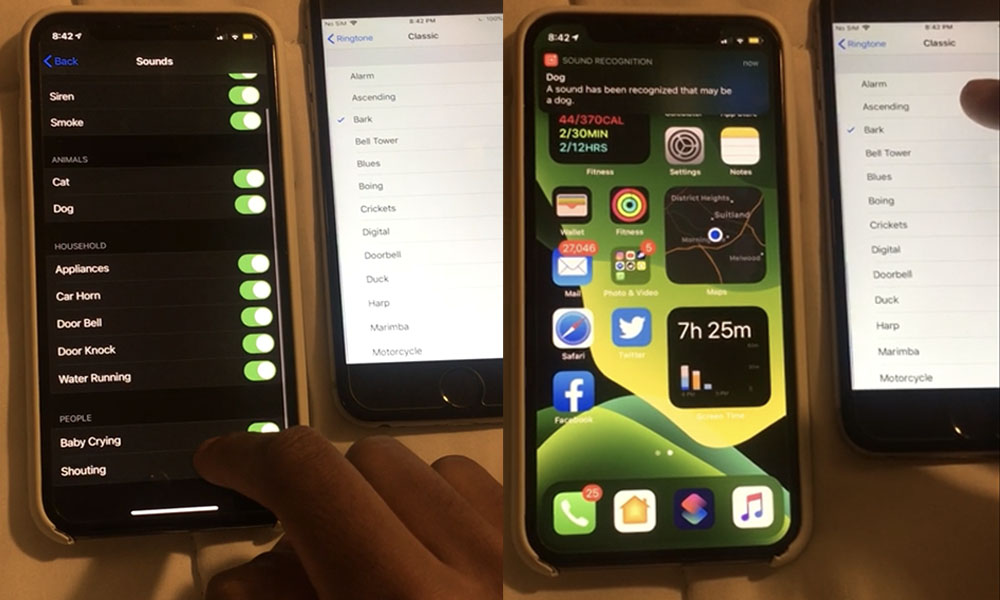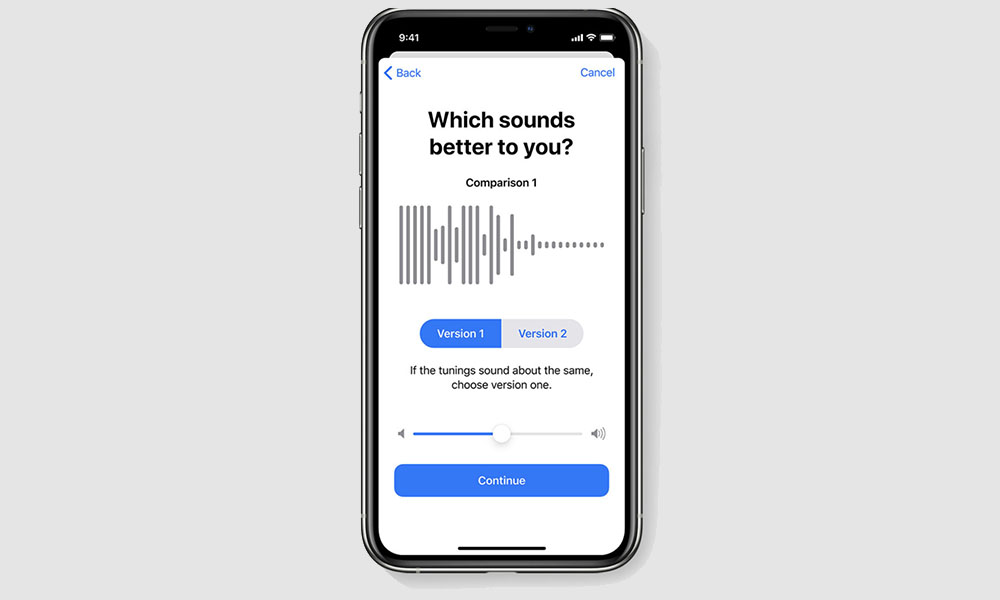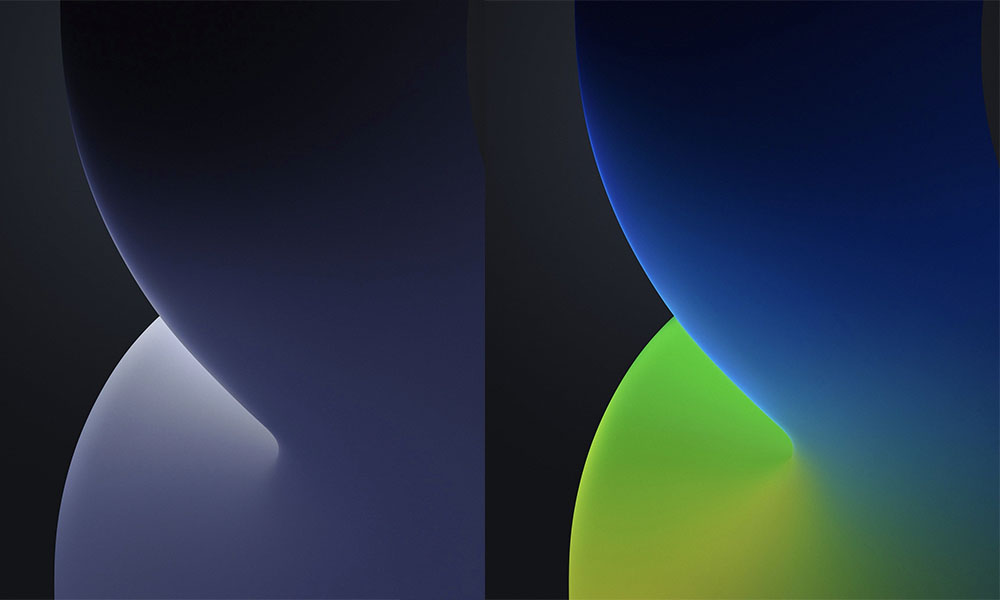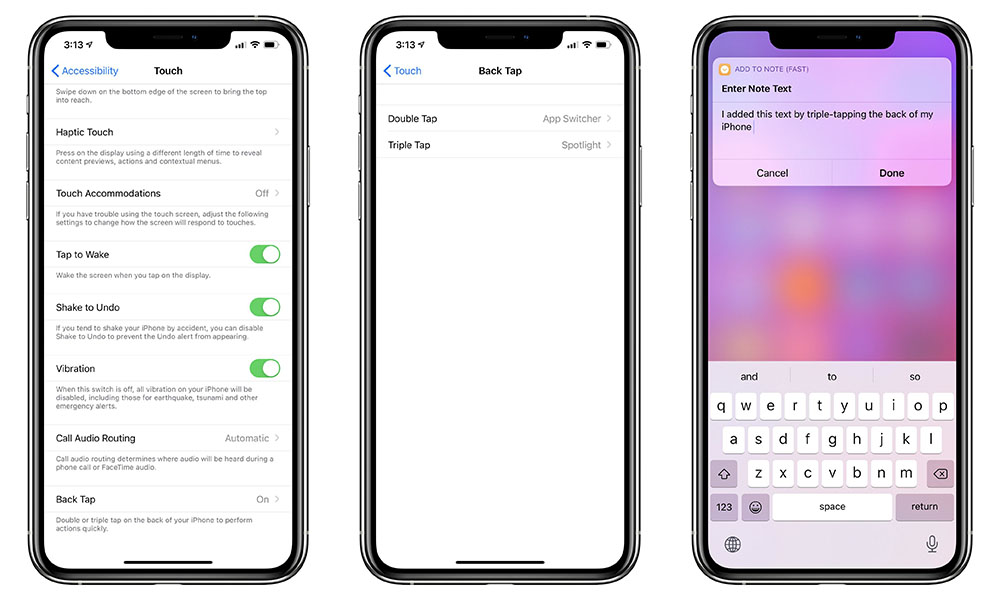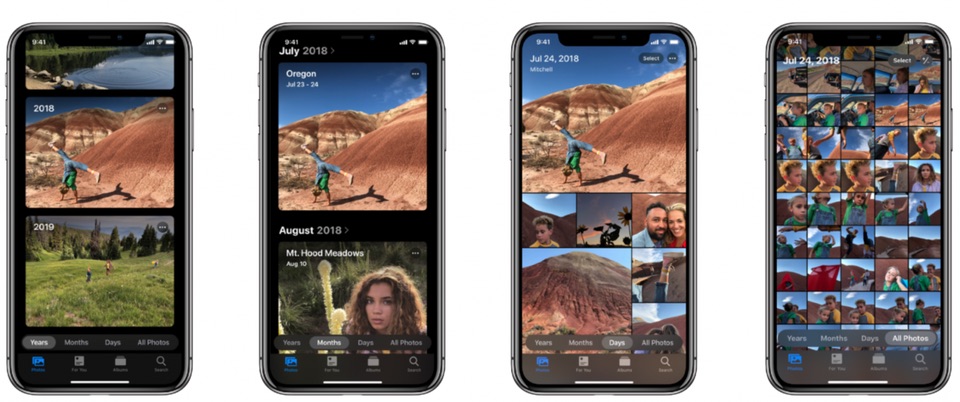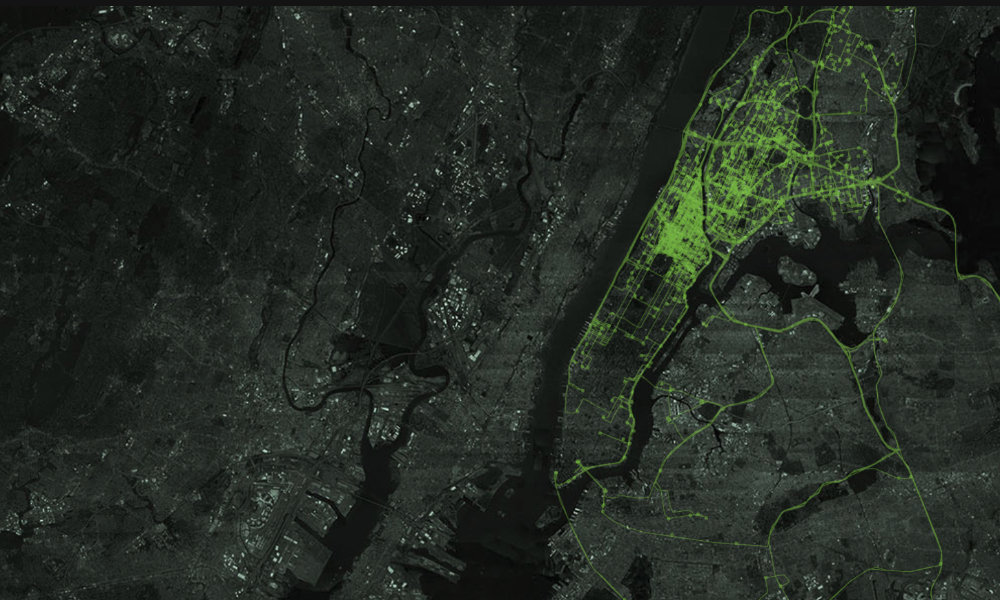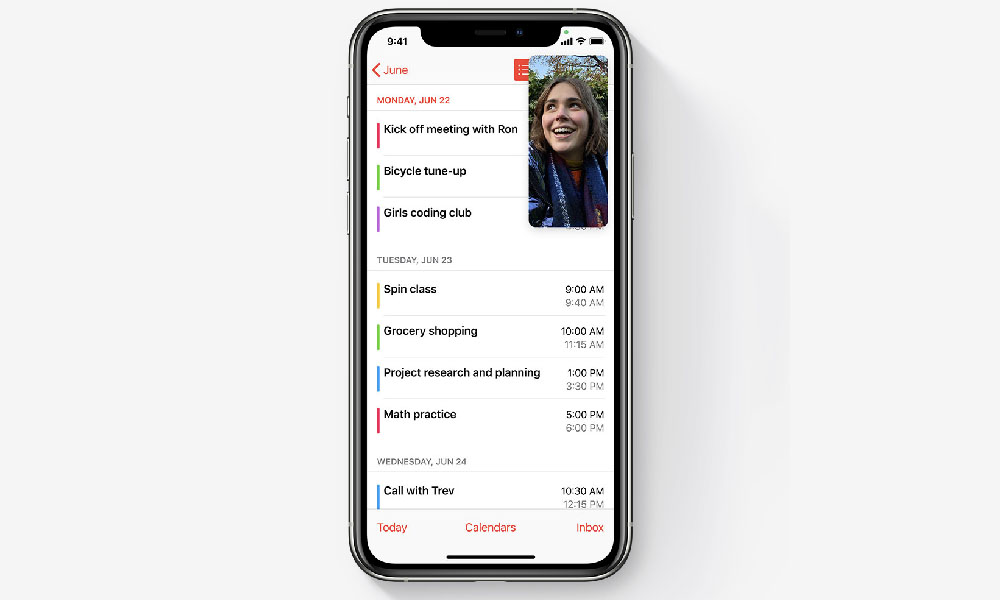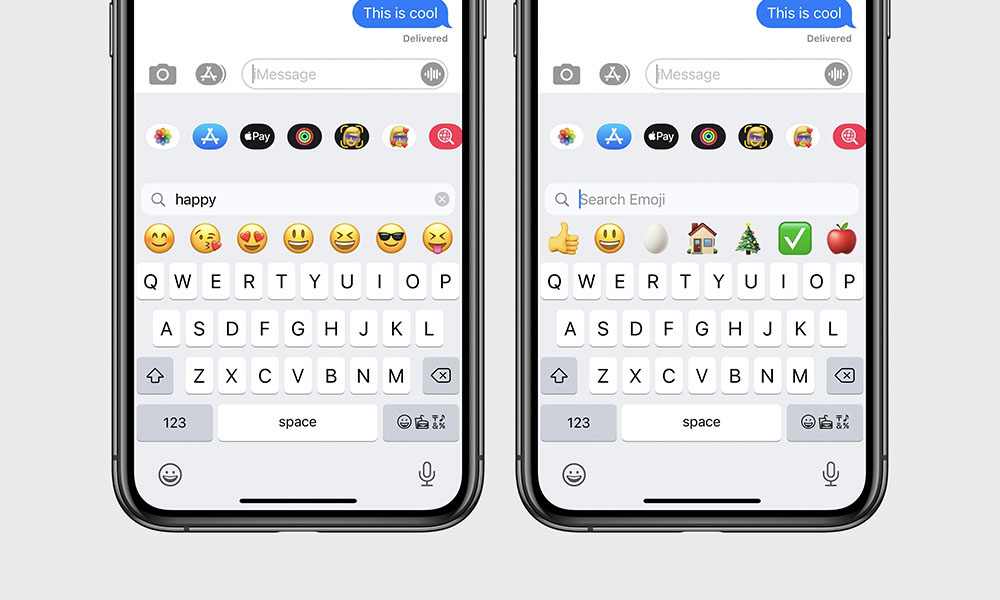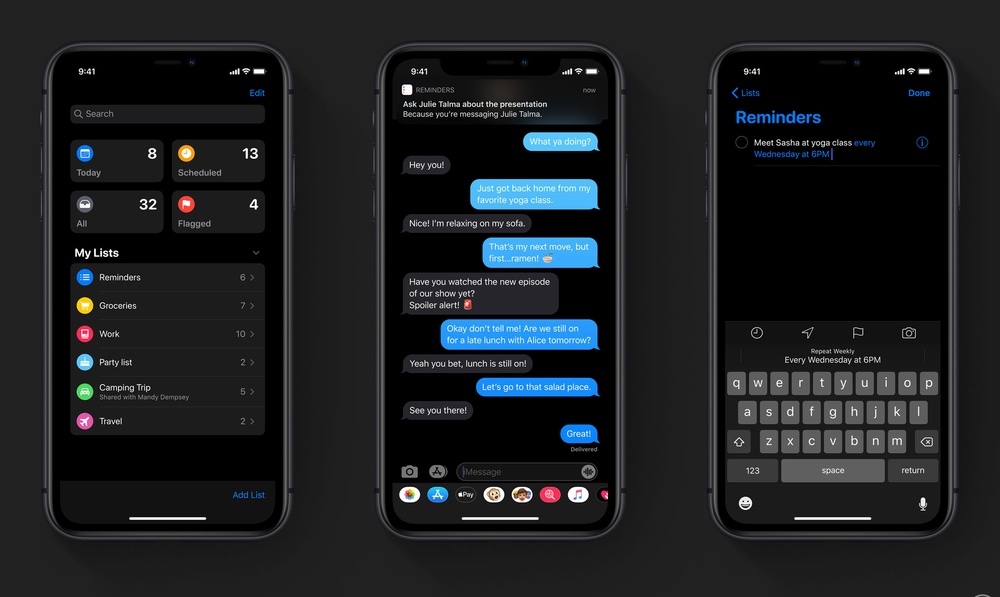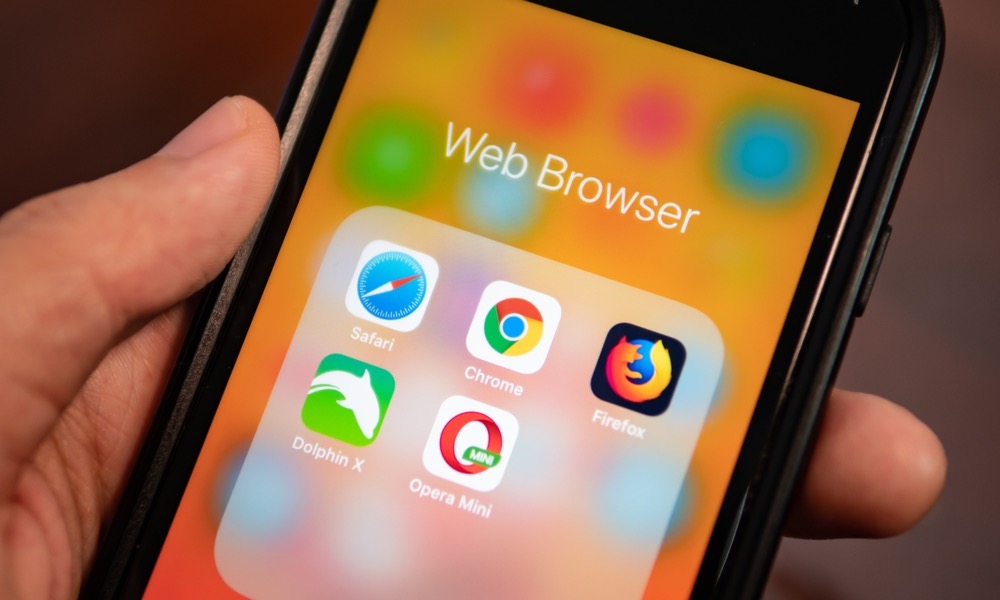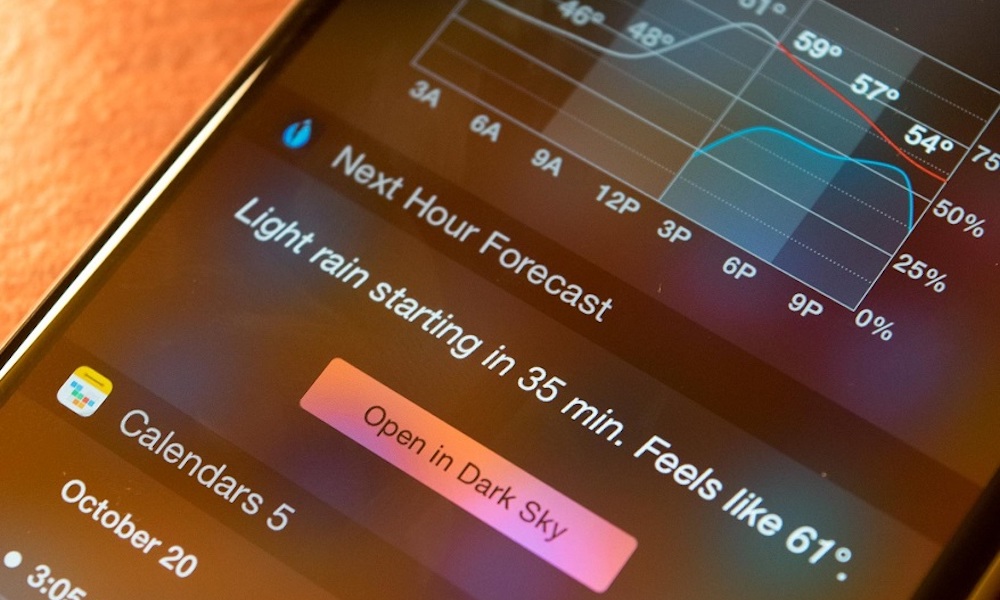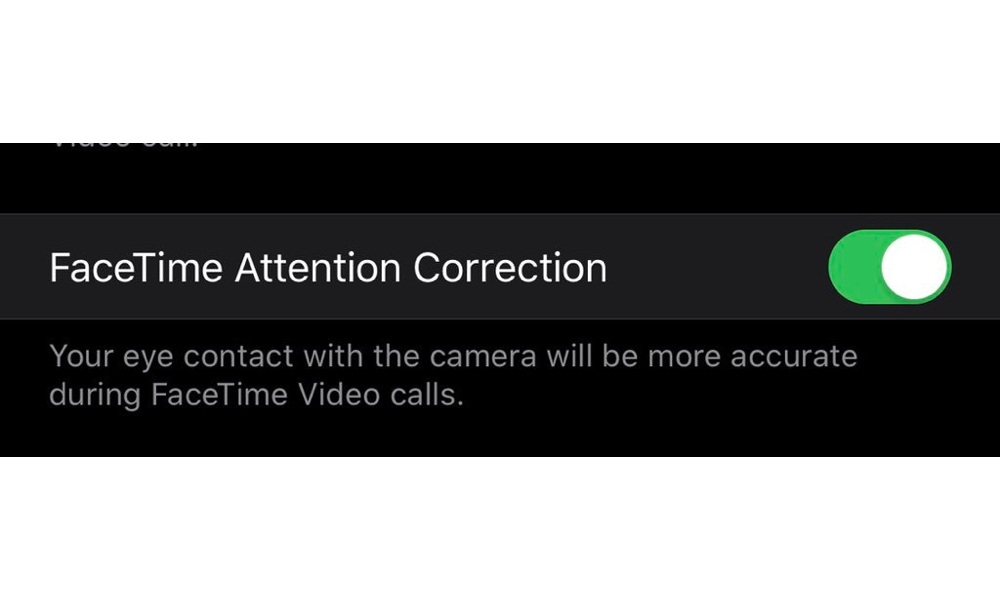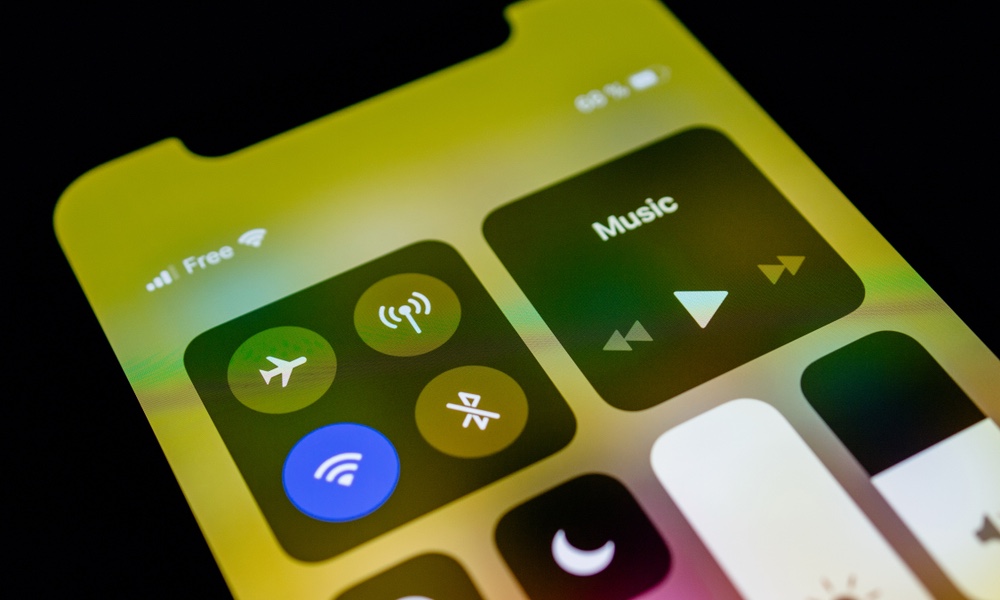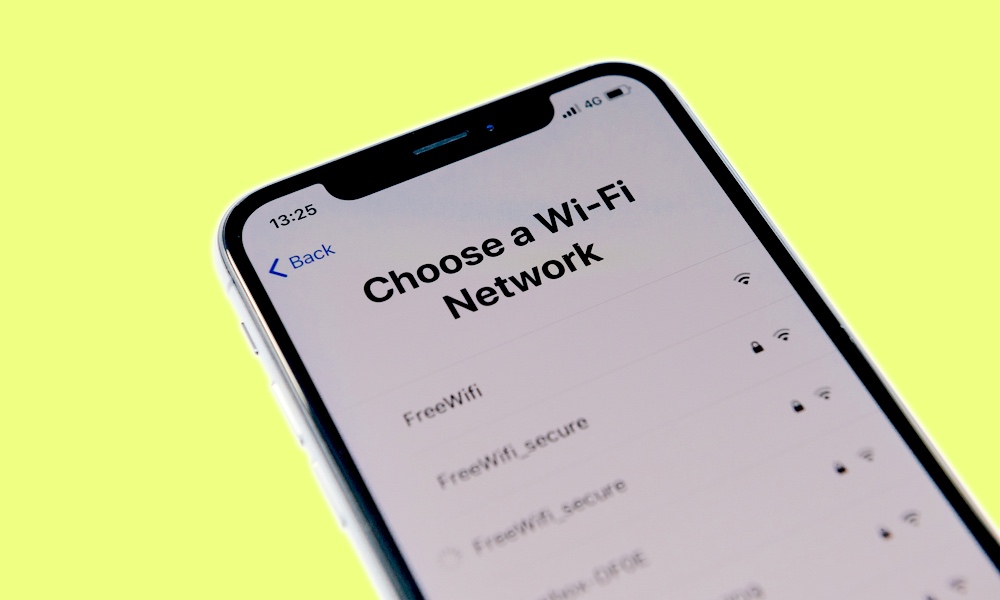You May Have Missed These Smaller iOS 14 Features That Apple Glossed Over
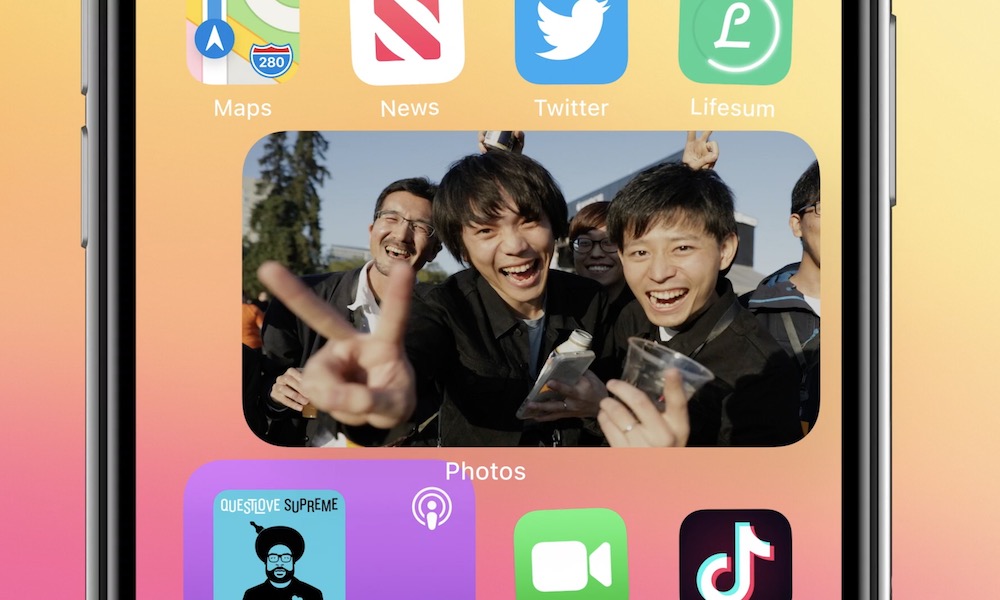
This week Apple unveiled iOS 14, which in some ways is the biggest update we've seen to its mobile operating system in years, delivering a whole new core user experience at the home screen level, even finally debuting true widget support.
Of course, like almost all of Apple's keynotes in recent years, there was only so much time to talk about all of the many things that are new in iOS 14, and there's a lot more under the hood that Apple either glossed over very briefly or simply teased on a background slide. Read on for 18 other cool new features that will be coming to iOS 14.
Sound Recognition
A new Accessibility feature in iOS 14 will be able to identity specific sounds in order to help users who have difficulty hearing. First spotted by a user on Reddit, it looks like iOS 14 will enable your iPhone to listen for 14 distinct sounds, including things like a door knock or doorbell, sirens, smoke detectors, barking dogs, crying babies, and more.
The feature, which can be configured under the Accessibilty settings, is focused right now on simply helping users with hearing difficulties, and Apple emphasizes that it shouldn't be used "in circumstances where you may be harmed or injured, in high-risk or emergency situations, or for navigation."
Headphone Accommodations
Apple will also now allow AirPods users with hearing differences to tweak their audio to adjust for these differences, amplifying soft sounds, and tuning for individual hearing to help make important sounds more crisp and clear.
It appears that this will be done through an interactive tuning screen that will let users compared different audio clips to identify which ones sound better, using machine learning to create a custom audio profile for the user.
New Wallpapers
Every new iOS version comes with a new collection of wallpapers, and iOS 14 isn't going to be an exception. Six new wallpapers are already available in the first iOS 14 developer beta, and there could even be more coming by the time it's released.
Technically speaking, these are actually just light and dark variations of three designs, and they're fairly similar to the iOS 13 patterns from last year, but they'll give your iPhone a bit of new flavour when updating to iOS 14. It also seems likely that the iPhone 12 will offer even more new wallpapers when it debuts later this year.
New Tapping Accessibility Feature
A new Accessibility feature in iOS 14 will now allow users to double-tap or triple-tap the back of the iPhone to perform a variety of actions, ranging from bringing up Control Center or Siri to taking screenshots, locking the iPhone, or muting the volume.
It can also be used to directly call up Accessibility-specific features like the Magnifier or VoiceOver.
Improved Photo Privacy
As of right now, sharing your photo library with third-party apps is an all-or-nothing proposition. An app asks to access your photos, you grant access, and that app gets full access, whether you like it or not.
However, it looks like iOS 14 is set to clamp down on this, with a new "Limited Photos library access" feature that will let you choose to share only individual selected items with an app that asks for access to your photos. So, for example, when sharing a photo on Instagram, Twitter, or Facebook, you can choose to grant access to only those photos you want to share without worrying that the app could be scooping up other photos.
Approximate Location Sharing
There are a lot of times when apps don't really need your specific location. For example, weather and news apps don't need your exact address — usually your general neighbourhood is more than enough to provide you with an accurate weather forecast, and some apps don't even need to know much more than what city you're in.
With iOS 14, it will now be possible to share only your approximate location when an app requests it, rather than your exact location. It's unclear what Apple means by "approximate" here, but since it's designed for privacy, we're sure it will be general enough to prevent any possibility of tracking.
Picture in Picture for FaceTime Calls
Although Apple had a lot to say about the new picture-in-picture feature during the keynote presentation yesterday, it focused primarily on watching video clips.
It turns out, however, that you'll also be able to use picture-in-picture to continue FaceTime calls while you use another app. This presumably means that the caller on the other end will still be able to see you as well, eliminating the paused/blank screen they normally see when you have to switch out of the FaceTime app to go and look something up elsewhere.
Hide Newly Downloaded Apps
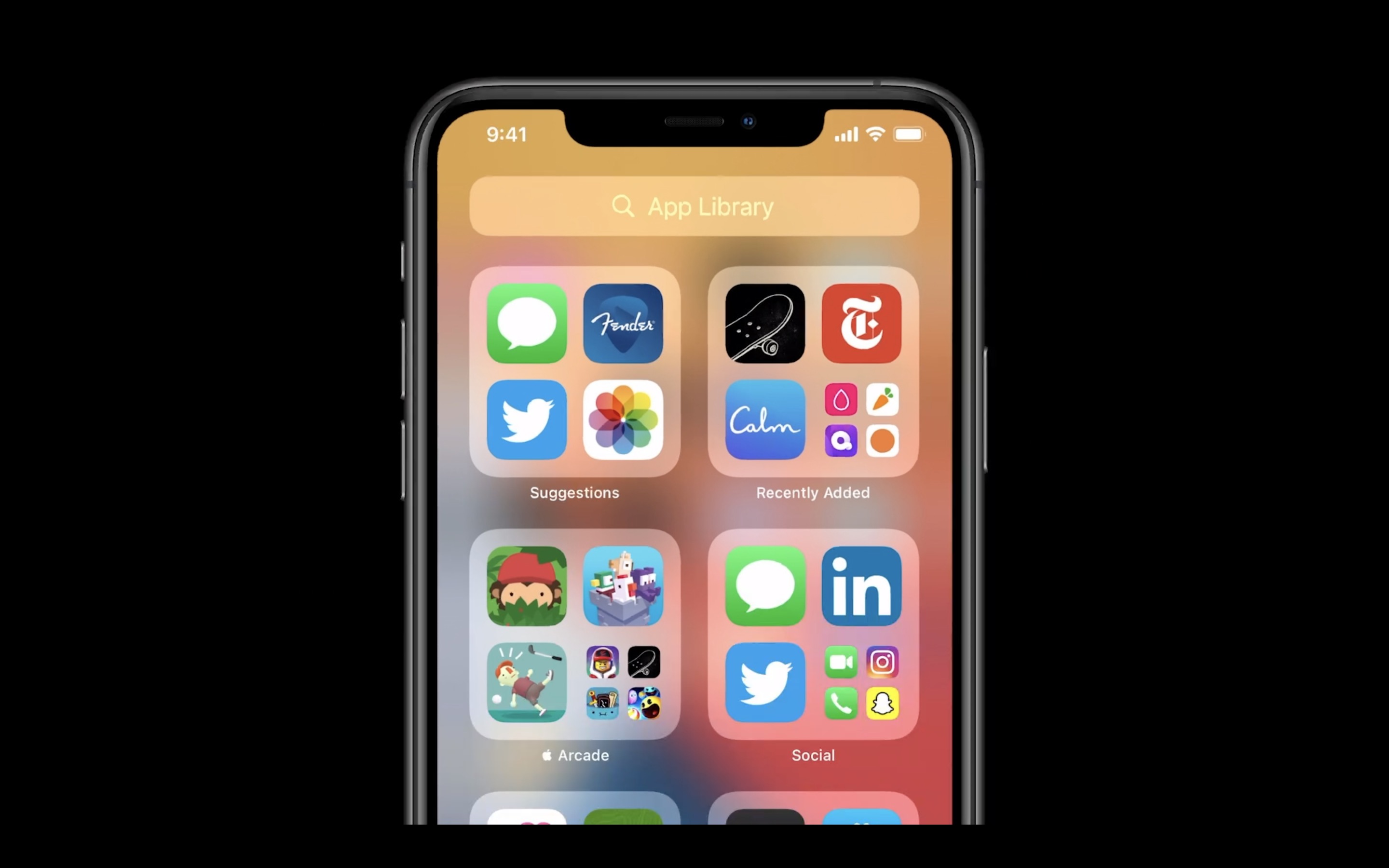
With the completely revamped Home Screen in iOS 14, you'll no longer need to worry about organizing your apps in the same way; you'll be able to hide some apps entirely, leaving them only available in the new App Library, which should mean most users won't need nearly as many useless folders.
To go with this, Apple is adding a whole set of new Home Screen settings, which will allow you to customize what to do with your apps, including having your newly downloaded apps skip the Home Screen entirely and go straight into the App Library instead, so you can look forward to a much less cluttered home screen across the board.
Speed and Red Light Cameras in Maps
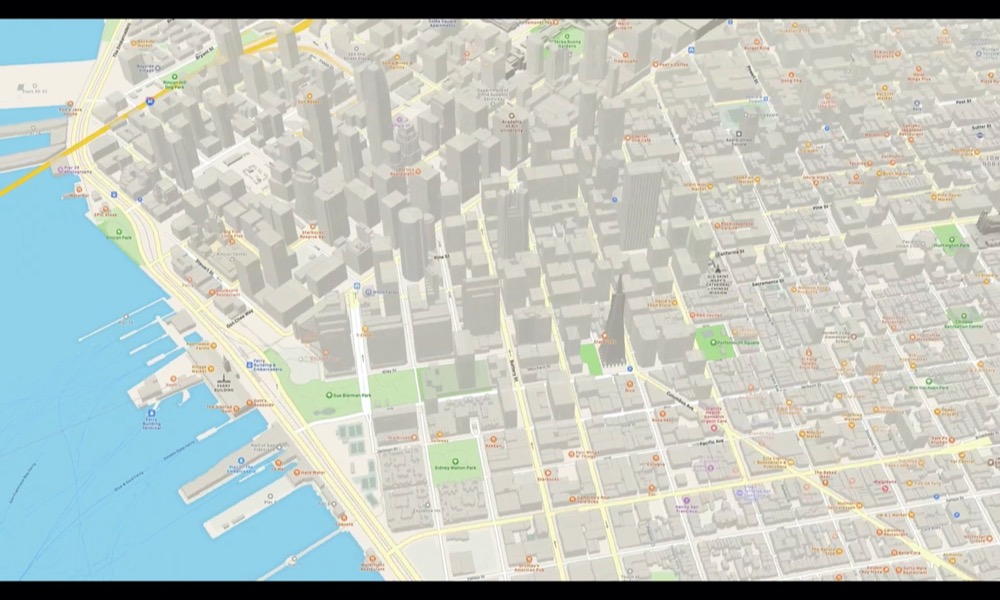
In addition to the bigger features coming to Apple Maps like Guides, Cycling Directions, and EV Routing, Apple will also be adding new icons to let users know where speed cameras and red light cameras might appear along a route.
Apple hasn't provided much detail on this feature just yet, but we expect it will probably be limited to select areas or countries, and if the code is there in iOS 14, the data behind it isn't, as MacRumors went looking for traffic cameras in the iOS 14 Maps app and couldn't find any.
Unlike other apps like Waze, it seems very unlikely that Apple will rely on crowdsourced data for this, so it will likely roll out slowly beginning with a few select cities, much like Apple's other new Maps features.
Search for Emoji
If you've ever struggled to find just the right emoji, you'll appreciate that iOS 14 will now allow you to actually search for a specific emoji by name or topic to help you whittle down the list. This has been available on the Mac for a while, but iOS users had to deal with the kludgy workaround of relying on the autocomplete bar, which often only surfaced one or two options, and not the entire possible list.
In iOS 14, tapping on the emoji button on the keyboard displays a search field where you can type in a word like "happy" to see an appropriate filtered list of emojis. As 9to5Mac notes, the UI for it is a little wonky right now, but it's the first developer beta, so we're sure it will be refined over the next few releases.
Reminders Improvements
Last year Apple released a major overhaul to its built-in Reminders app, and it's continuing to tweak it in iOS 14 with the addition of a new Quick Entry option for getting data into the app quickly, along with smart suggestions for entering new tasks.
One of Reminders most powerful features, shared lists, is also getting enhancements to allow users to assign reminders to each other and edit multiple reminders at the same time.
Change Mail and Browser Defaults
We've been hearing reports since last year that this one has been coming, and it's arguably very long overdue, but it looks like iOS 14 will finally allow you to choose your own Mail and Browser apps to act as defaults.
While the iOS Share Sheet has generally meant that the default mail app isn't nearly as crucial, "mailto" links would still go to the built-in iOS Mail app. However, the ability to change the default browser app will be huge for users who would prefer to use alternatives like Chrome or Firefox rather than Safari. Since those browsers are more popular on the desktop, this should result in a much more seamless experience for iPhone and iPad users.
Severe Weather Alerts
Apple's Weather app is pretty basic compared others many of the other options out there, but after Apple acquired Dark Sky earlier this year, we knew that they had to be up to something, and it looks like iOS 14 will bear the first fruits of this new acquisition, with info on severe weather alerts, upcoming changes in weather such as precipitation notifications, and more.
These are all things that Dark Sky has provided for a while, so it seems that Apple is simply leveraging the features and data sources behind that popular weather app. Most of these features will be available in the U.S., Canada, Japan, and Europe, although some features, like minute-by-minute precipitation forecasts, may be more limited in scope.
QuickTake Improvements
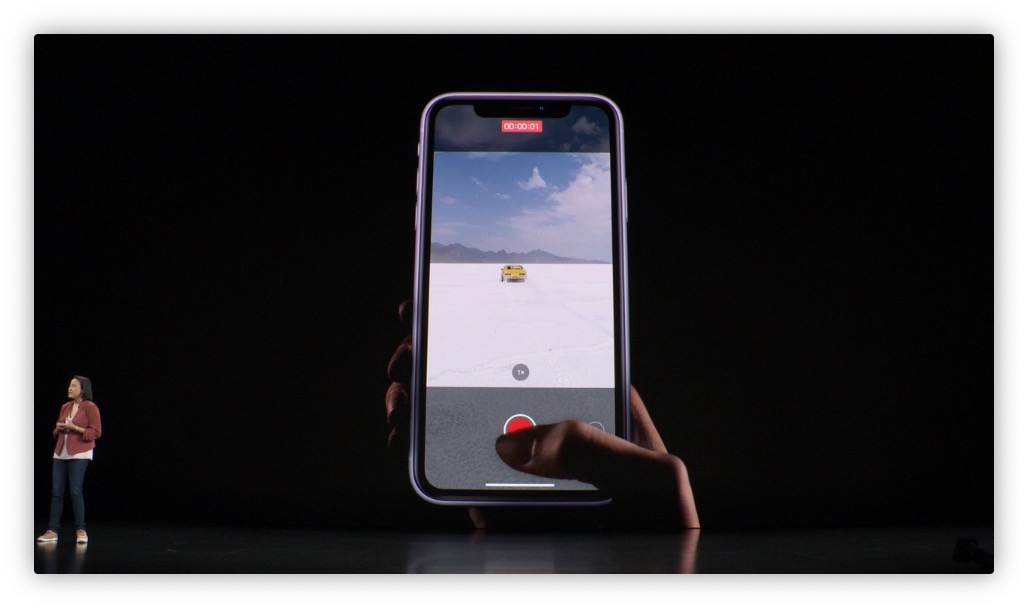
When Apple released iOS 13 alongside the iPhone 11 last fall, it debuted a new QuickTake feature that allowed users to quickly capture video simply by holding down the shutter button in photo mode. For whatever reason, however, Apple chose to make this exclusive to the iPhone 11 lineup.
With iOS 14, however, it looks like this will be coming to iPhone XS and iPhone XR users, although it's not yet clear whether they'll gain some of the other camera UI improvements as well.
One new bonus is that Apple will be separating the volume up and volume down buttons. Right now, pressing either works just like the on-screen shutter button — a short press takes a single photo, while a long press initiates QuickTake — but in iOS 14, you'll be able to use the volume down button for QuickTake and hold down the volume up button to take burst shots.
Mirrored Selfies
While we've never quite understood why the option exists, many Android phones have long allowed users to choose whether they want their selfies to be taken from a normal perspective or as a mirror image. Since the screen always presents a mirrored image, the advantage of the latter approach is that what you see is exactly what you'll get, but of course things like text will be rendered backward.
The iPhone, on the other hand, has always done the right thing, displaying a mirror image to the user, but recording the video from the proper perspective. iOS 14, however, will offer a setting to allow users to take mirrored selfies if they really want to, although thankfully this will be off by default in order to avoid confusion.
FaceTime Eye Contact Returns
Apple often slips features into iOS betas that don't make it into the final release, and one such feature last year was FaceTime Eye Contact, a feature designed to make it look to FaceTime callers like you're actually looking at the camera, even when you're focused more on the screen.
It's unclear why Apple pulled this feature from iOS 13, but it's back in the iOS 14 betas. Whether it will make it into the final iOS 14 release remains to be seen, however.
Control Center Changes
The iOS 14 Control Center is gaining a few new options, including toggles for the new Sound Recognition Accessibility feature and enabling Sleep Mode.
The latter option will darken the screen and enable Do Not Disturb, presumably triggering the "Wind Down" feature that Apple spoke about yesterday when introducing Sleep Tracking for the Apple Watch.
You'll also now be able to add your favourite HomeKit scenes in the Control Center for quick, one-tap access. While the Home app has been available as its own button for a while, allowing favourite scenes to be brought up with a haptic touch, this will make HomeKit scenes even more easily accessible.
Wi-Fi Privacy
Apple is adding more privacy features related to networking, including requiring apps to request permission before scanning the local Wi-Fi network for new devices, along with the ability to use a private Wi-Fi address to prevent tracking.
The "Use Private Address" feature will be available on a per Wi-Fi network basis, and essentially broadcasts a random hardware address when connecting to that Wi-Fi network, meaning that it won't be possible for network operators or monitoring devices to identify or track your specific iPhone, since it will appear as a new device each time it connects.

